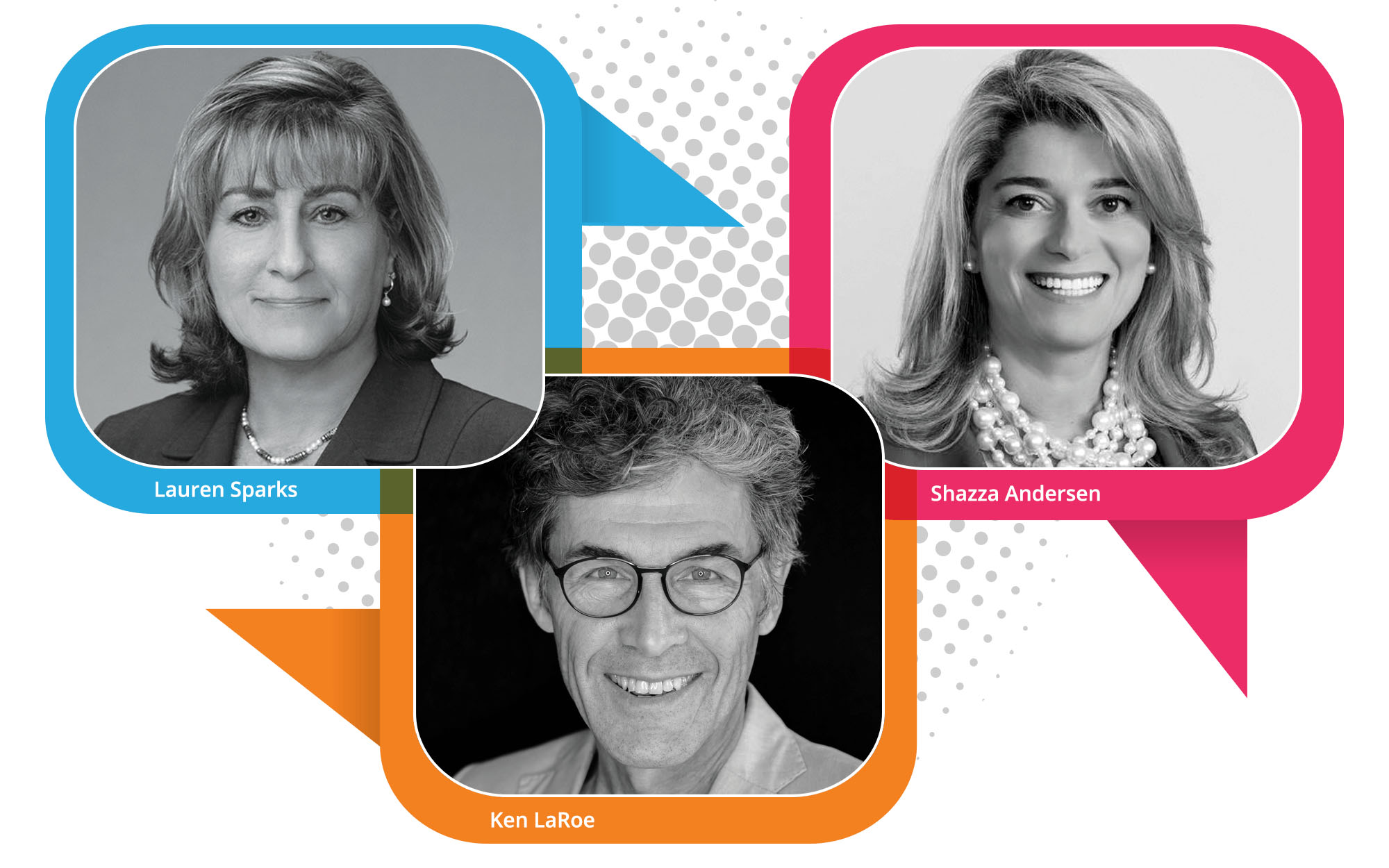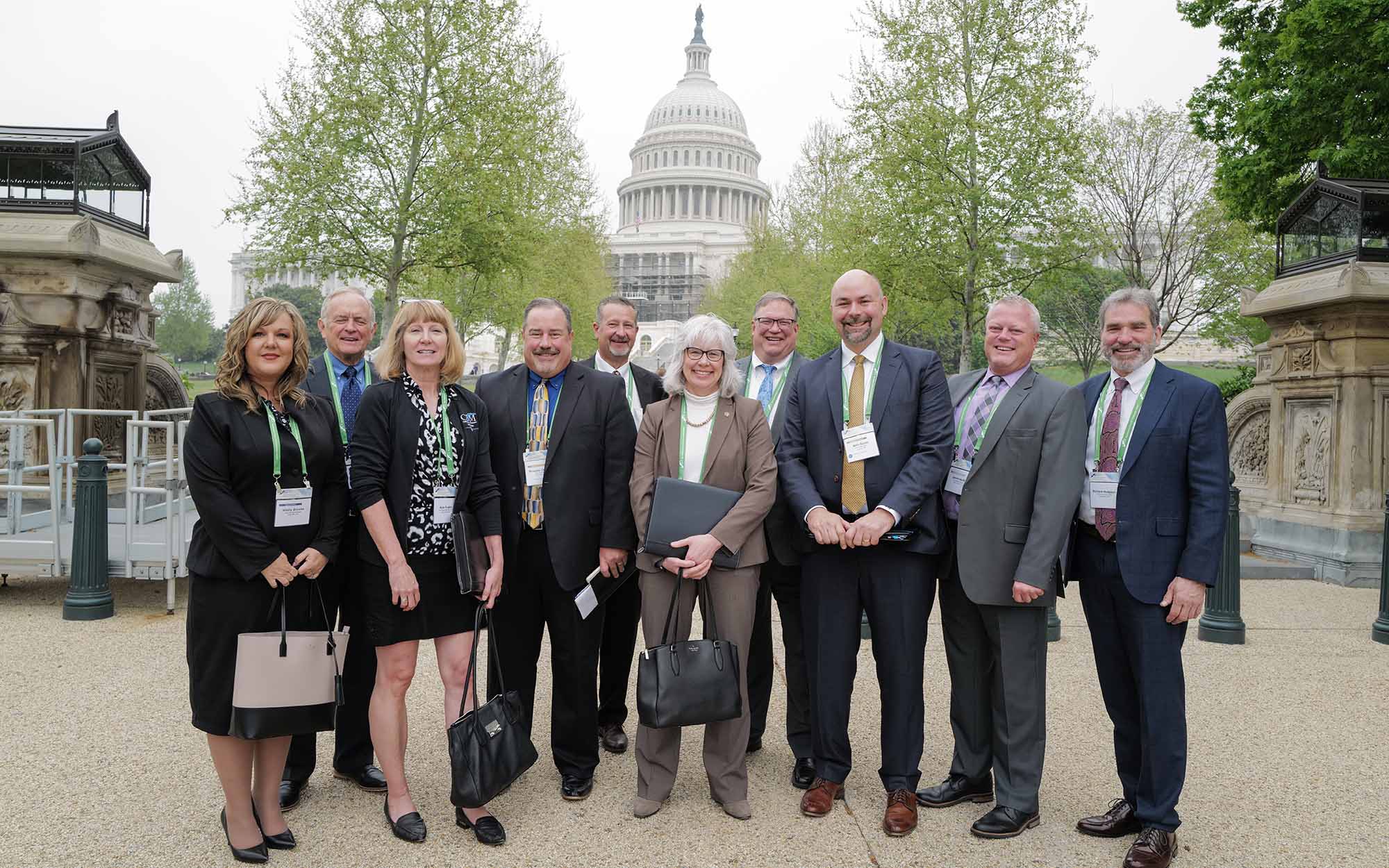Following some respite in 2022, community bankers are bracing for a tougher economic landscape ahead in 2023. One of the biggest challenges is simply navigating market uncertainty related to Federal Reserve policy and the direction of the economy. If a recession does emerge, what will it look like? What sectors will be most negatively affected, and which could skate through relatively unscathed? CEOs also see opportunities to increase revenues and net interest margin in the rising rate environment.
Our CEO roundtable participants
Anita Drentlaw, CEO, president and CFO at $190 million-asset New Market Bank in Elko New Market, Minn.
Koger Propst, president and CEO of $3.2 billion-asset ANB Bank in Denver
Jill Sung, president and CEO of $325 million-asset Abacus Federal Savings Bank in New York City
James Sills, president and CEO at $425 million-asset M&F Bank in Durham, N.C.
T. Corey Neil, president and CEO of $3.25 billion-asset The Bank of Tampa in Tampa, Fla., and William West, president and CEO of its holding company, the Tampa Bay Banking Company.
Q: What will be your community bank’s greatest business challenge in 2023, and how are you preparing for it?

Koger Propst
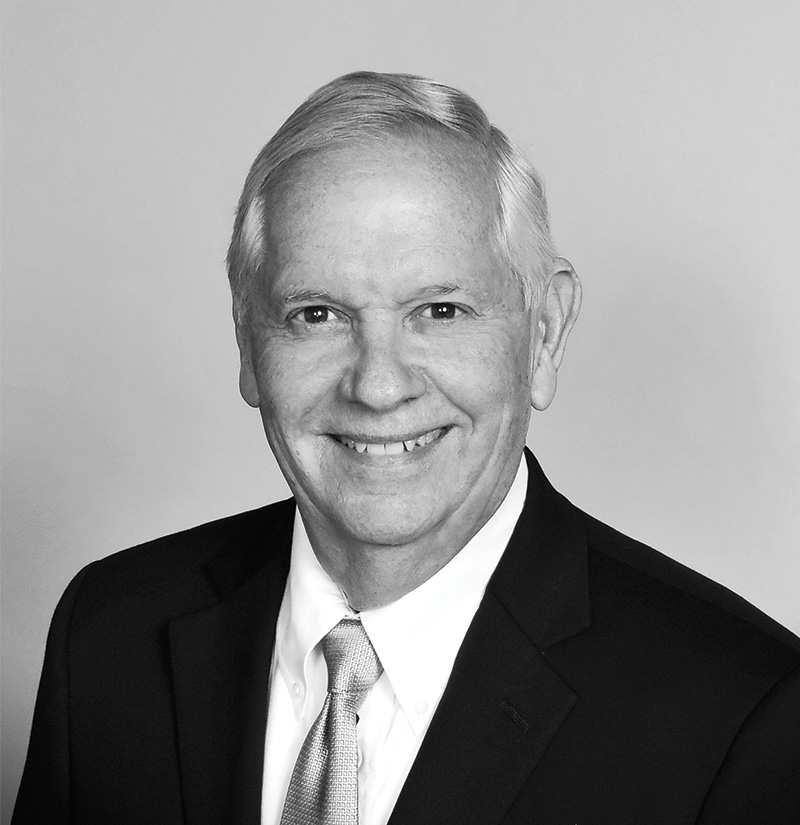
William West
Koger Propst: The biggest challenges are managing the impact of the economy and the rising rate environment on deposits, credit quality and net interest margin. Our bank is built on a low to moderate risk profile. We aggressively seek out low-cost deposits through a value proposition built on more than rates and have also built our loan portfolio with the same low to moderate risk profile. Building a defensive balance sheet and maintaining our low to moderate risk profile is the key to managing through the upcoming challenges. Clearly, thoughtful actions will be required in the coming year, but our proactive positioning is the foundation.
William West: In a macro sense, we’re just trying to read the tea leaves in terms of what’s happening in the economic landscape that will affect our bank. Is loan demand going to be tepid? Are we going to have a recession? Those are the things that we’re trying to figure out how to read as we put our 2023 budget together. We’re cautiously optimistic about 2023. We think it’s going to be a fairly good year for banks, but it’s a challenge for us to get it right.

Jill Sung
Jill Sung: We don’t know when the Fed is going to stop raising rates, or whether we’re going to have a recession. We’re constantly adapting, trying to strategically figure out what to do, but information keeps shifting. So we’re being conservative. We’re assuming that the interest rate will be elevated in the next six to nine months and not assuming that in five months the Fed will drop the rate. We’re assuming that there will be a drawback of economic activity. So we’re careful when we lend out commercial real estate loans. We’re looking at the [property] income, and we’re not assuming that rent can be raised freely these next 12 months.
“Going into a recession can sometimes be a good time to gain new customers, because you’re seeing them through good and bad times.”
—Anita Drentlaw, New Market Bank
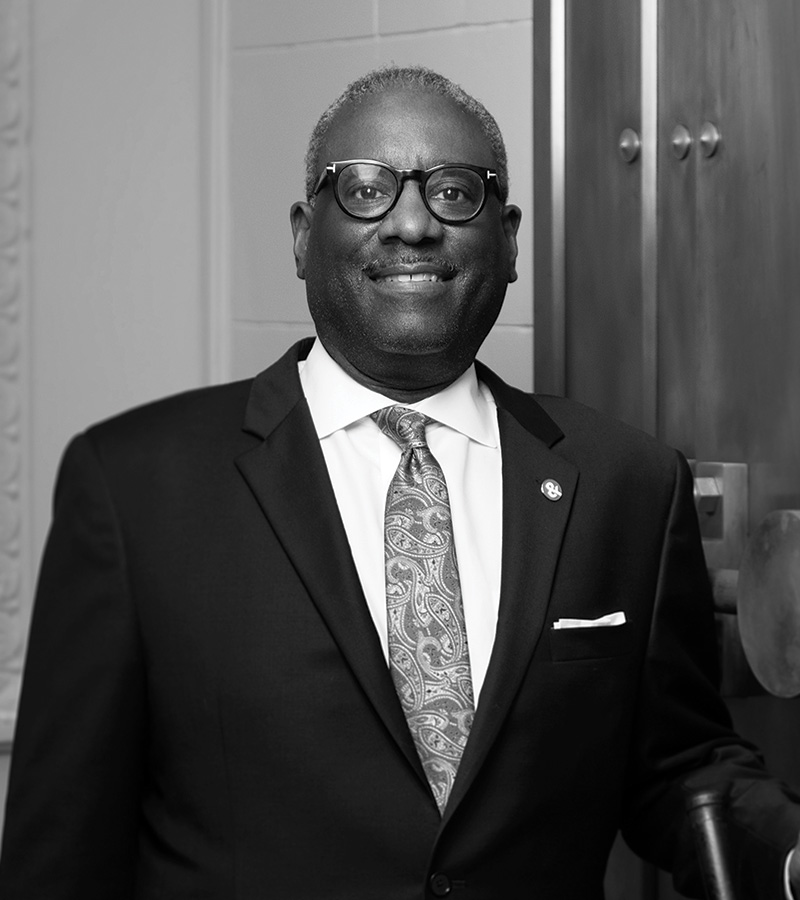
James Sills
James Sills: Talent and retention of talent is our number one strategic priority in 2023. We have really struggled over the last 18 months to hire certain types of banking professionals. All our locations are in urban areas of North Carolina, and we’re going up against the biggest institutions to attract talent. We’re using executive recruiters, we’re leveraging LinkedIn, and we have increased the amount of bonuses on referrals from $500 to $1,000. We talk about it at our senior staff meetings and weekly calls. It is top of mind in terms of what we’re doing, because it is critical to get people with the right talent and the right experience.
“I’m excited going into 2023, because we have the capital to do more and make a difference in the communities that we serve.”
—James Sills, M&F Bank
Q: What do you see as your bank’s greatest business opportunity in 2023, and what steps are you taking to make the most of it?
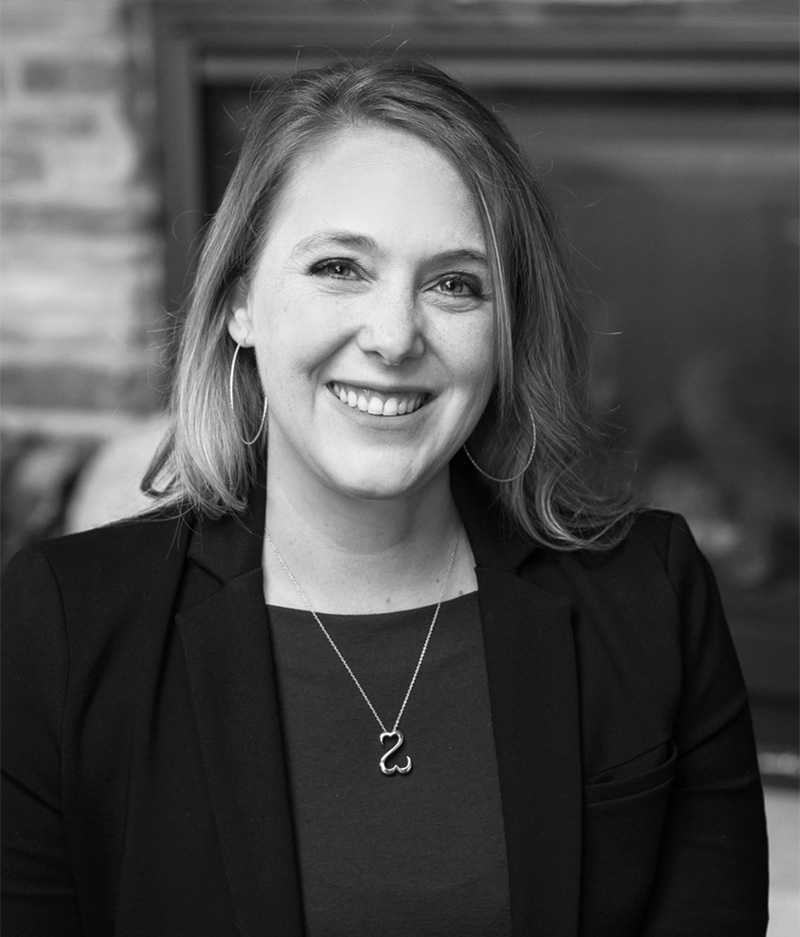
Anita Drentlaw
Anita Drentlaw: We hired another commercial lender in August. Having him on board is going to be a great opportunity for us to continue to do more outreach in the community and get to know more small businesses. The three lenders that we have were about at capacity for what they could do in terms of bringing in new business. Going into a recession can sometimes be a good time to gain new customers, because you’re seeing them through good and bad times. There’s also been a lot of consolidation of financial institutions in our area. So, we see an opportunity to talk with businesses and convey some of the differences in working with a community bank versus the larger institutions.
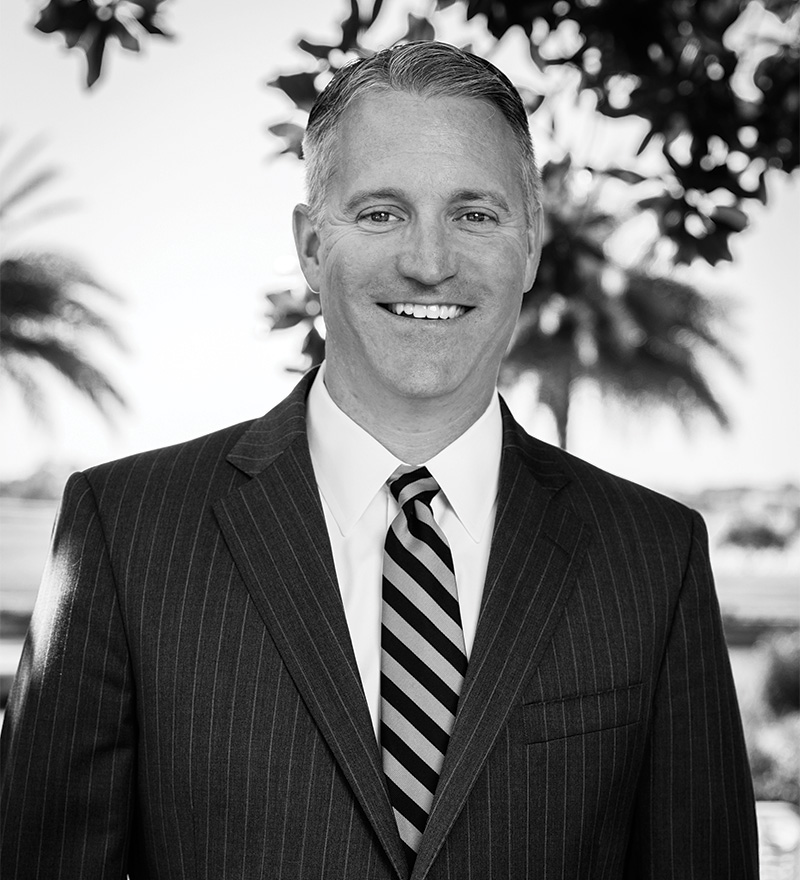
T. Corey Neil
T. Corey Neil: For us, it’s digital. Due to behavior change throughout the pandemic, we now have a client base that is much more adaptive to how they interact with us. We see incredible opportunity to take advantage of that behavioral shift to invest in digital platforms to take our digital capabilities to another level. That means being able to do business with us at any time and anywhere, and not being restricted to our hours or our manpower.
Sills: Our bank has about $100 million in new capital. We received $80 million in ECIP [Emergency Capital Investment Program] funding through the U.S. Treasury, which will allow our bank to grow to over $1 billion in total assets. This is a transformational opportunity to grow our bank, which is the second oldest African American-owned bank in the United States. We’re gearing up for this challenge by investing in technology, developing new products, doing more marketing, optimizing our branches and also looking at some M&A opportunities. I’m excited going into 2023, because we have the capital to do more and make a difference in the communities that we serve.
Q: Does your bank plan to open any new line of business in 2023? If so, what is it, and what is driving that opportunity?
Sills: We are currently an SBA 7(a) lender, and we participated in the PPP program in 2020 and 2021. We did about 850 loans for $50 million in 81 different markets [in North Carolina]. What we’re planning to do is scale up our SBA 7(a) line of business, and we’re in the process of trying to build out a dedicated SBA team to do that for us.
Neil: One thing that is opportunistic for us is the residential mortgage space. While we have done residential mortgage portfolio loans that we keep on our books, we have not had the capability to offer a 30-year fixed rate to a client that has access to the secondary market. Historically, we have directed those opportunities out to brokers and others. So we are developing a Fannie Mae/Freddie Mac capable product that can go 30-year fixed rate that we would ultimately originate and sell, which would generate fee income for us, and more importantly, not send a client to someone else to solve for their need.
Q: Which revenue streams are likely to drive the most profitability for your bank in 2023?
Neil: By all means, loans. We have a 50% loan-to-deposit ratio. We would love for that to be 75%, but we’re not going to take undue risk to get there. We are sticking to our knitting in the types of loans and relationships we’re looking for, but with interest rates moving in a direction that gets us back to a reasonable margin, the loan business is where most of our focus is.
Drentlaw: With the higher interest rates, variable rate loans have become more profitable. The residential mortgage business has been tougher in 2022. If rates start to drop at the end of 2023 or into 2024, I think there are many people who probably will be eligible for refi business. It’s hard to say when rates will move lower, but that is an area where we are going to try to maximize profitability. I do think 2023 is going to be tough from a profitability standpoint, and a harder year than what we’ve been used to in the last couple of years.
Sung: We are structuring our deposit-side products better to be able to bundle things together so that it is easier for our staff and easier for our customers to see it as a package versus à la carte, which we always have as an option. Through that bundled packaging, we would be trying to create these products that slowly move up the financial food chain to get customers and the underbanked more and more into the financial banking system.
Q: What new technology is your bank planning to invest in during 2023?
West: We have a major initiative to significantly improve our digital delivery system. We’re about to launch our loan automation, which will be our 2023 project. On the heels of that, we’re going to build a new digital banking platform and data warehouse. Those are projects that we will start using between the end of 2023 and the first quarter of 2024. It’s a major undertaking for a bank of our size. Our best guess is that over the next four years, we’ll spend $12 million to do this, and the goal is to make it extremely easy to do business from a customer’s point of view. We will be able to use the data we already have with our clients to anticipate future needs and to make it easier for them when they do have to apply if we already have information. Internally, we expect to get some significant efficiencies in the way that we do business.
Drentlaw: We signed with Teslar Software in late December 2021 and have been working with them to implement workflows and exception tracking. We contracted for their whole suite of products. So, as we continue to grow the relationship, I can see us diving in and using that technology in more areas of the bank as opposed to just credit administration. That will bring more efficiencies and allow us to grow our asset size, but not necessarily have to hire additional people. It also will help us provide better service to our customers with more consistency regardless of who they’re talking to or what branch they’re visiting.
Sills: Next year, we’re going to be implementing a new cloud-based loan origination system, which will make us more efficient and allow us to increase the loan volume. It has a lot of automation, AI and workflow built into it, and it will provide a better customer experience and a better lender experience. It is tailored to commercial loans, but we will be able to process consumer loans on the platform as well. So I’m super excited about this particular investment.
“We … have to focus on making sure our people believe that this is a place where they can grow and get opportunities.
—Jill Sung, Abacus Federal Savings Bank
Q: When it comes to talent management, what is your biggest area of focus likely to be in 2023, and how is your bank planning to address it?
Propst: We have had pretty good success building and retaining our teams through the Great Resignation. Having said that, our entry-level hiring was the most challenging. We have already seen some relief in that area and expect that 2023 will provide more opportunity. Our goal in the coming year is to be more opportunistic and focus on hiring when the right talent is available, versus waiting until we have a need.
Neil: We’re investing in the change management that will be necessary to absorb our ongoing investment in digital. We have to get our teams ready to approach their work in a different way and do their work with different tools. We need to win the hearts and minds that this is great for our clients and all of us. So our attention will be getting our whole organization ready for that new digital system.
Sung: Operationally, we’re dealing with a lot of turnover right now. As a small bank, our main competitors in the labor market are huge banks and institutions, and it’s hard for us to compete against that. What we’ve been doing is really digging in to find and eliminate all the excesses in our processes. People do things that you don’t need to do. Then we need to look at technology in our platform that we can use to be more efficient. We also have to focus on making sure our people believe that this is a place where they can grow and get opportunities. We really have to build loyalty and a sense of belonging. Our focus will be to convince these younger people that you don’t have to hop around. In order to do that, we have to be appealing to them so they want to be here.
The ICBA view on… Lending
Commercial real estate remains a priority for community banks in 2023, and with compelling cause: Globally, 66% of experts anticipate improving or stable conditions around real estate fundamentals, according to a September 2022 Deloitte study. And because a commercial loan can parlay itself into deposit accounts, treasury management, inventory lending and much more, it signals wider business prospects for the bank.
“It’s not just one loan,” says Ron Haynie, senior vice president of housing finance policy at ICBA. “It helps the bank build a relationship with the customer.”
The personal lending environment carries potential as well. While mortgages will bear the effects of higher interest rates, Haynie says it’s not time to ring alarm bells. Tools like adjustable-rate mortgages and temporary buydowns exist to support this more complicated environment.
“We’ve seen a big jump in interest rates,” Haynie says. “But the good news is that we’ve been through this before, and the tools are still there. Plus, we have an undersupply of housing with a large demand, giving us a floor underneath property values.”
Community banks are well situated to address this changing landscape. “Community banks will work with businesses and consumers to find a way to help,” Haynie says. “This enhances their value proposition and distinguishes them; it’s powerful.” —Colleen Morrison
The ICBA view on… Marketing
Digital marketing accounts for 57.9% of promotional budgets across industries, according to research from Deloitte and the American Marketing Association. Now more than ever, community banks are embracing these electronic opportunities.
“The digital channel allows us to observe what resonates with target audiences,” says Rob Birgfeld, executive vice president and chief marketing officer at ICBA. “It’s more than just how you prove ROI, but also how you assure continuous improvement.”
And when customer satisfaction serves as a chief indicator of performance, peer-to-peer sharing and social media emerge as natural public relations vehicles.
“Your best customers are your best marketing channel,” Birgfeld says. “When you create experiences that wow them and allow them to share those wow moments, those are authentic opportunities to get your story out there and differentiate yourself in your community.”
Birgfeld suggests implementing a process to make it simple for customers to share their experiences with one click through their banking app, email, text or social channels.
“Your brand and reputation are a reflection of what your customers say about you,” he says, “and if you’re able to identify those who love you and give them the tools to tell that story, it goes a long way.” —Colleen Morrison
The ICBA view on… Technology
While 2023 could bring a challenging economic situation, the environment begets possibility where technology is concerned.
“This will be one of those years with market conditions that will make it more economical than ever to invest in technology,” says Charles Potts, ICBA executive vice president and chief innovation officer. “It’s an opportune time to look more closely at investing in fintech companies and/or doing business with them.”
With technology becoming more affordable and accessible, community banks can more readily onboard solutions to streamline the back office or enhance the customer experience.
“Take advantage of this time to get the house in order and become leaner and more efficient with operations,” Potts recommends. “That will help prepare you for new industry segments in the future.”
When considering where to start, he advises looking to state banking associations and ICBA’s ThinkTECH Accelerator for companies that have already demonstrated their value to community banks. And no matter the technology, he advocates for acting sooner rather than later.
“We’ve been talking about why innovation is important, and now it’s about digging into the how,” Potts says. “From a technology investment perspective, this is the time to roll up our sleeves and get to work.” —Colleen Morrison
The ICBA view on… Talent
Talent acquisition and retention continues to be a top priority for organizations. In fact, according to the Fall 2022 Fortune/Deloitte CEO Survey, 94% of CEOs expect to see talent shortages for certain roles continuing, and another 96% plan to focus on the employee experience for in-demand talent. With competition across industries, community banks need to put their best foot forward as employers.
“Community banks have a big opportunity to stand out from the crowd of potential employers in 2023 by creating a culture of learning that drives employee engagement through professional development opportunities,” says Lindsay LaNore, group executive vice president and chief learning and experience officer at ICBA.
LaNore recommends community banks take three steps to help attract and retain talent:
- Drive employee engagement through learning.
- Look beyond technical banking skills to “power skills.” Critical thinking, change management, problem-solving and presentation strategies can amplify staff confidence and accelerate action. (For more on power skills, read “What are Power Skills?”)
- Demonstrate the bank’s commitment to continuous learning by linking it to performance goals.
“It comes naturally to community banks to invest in employee relationships, and one way to do that is through learning and development opportunities,” LaNore says. “ICBA Community Banker University can help support that goal.” —Colleen Morrison




